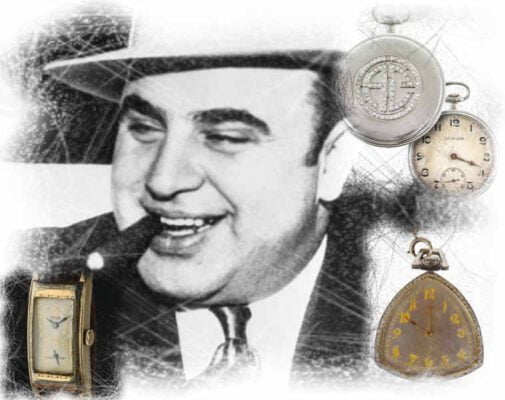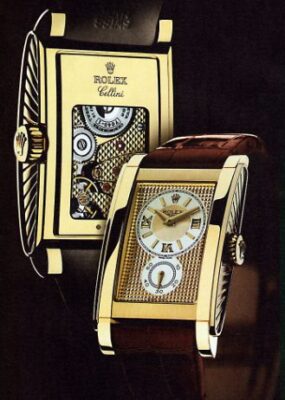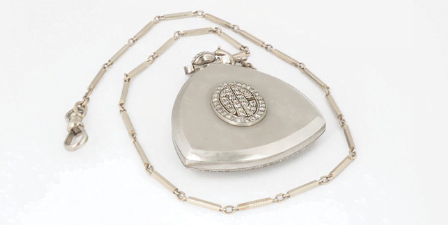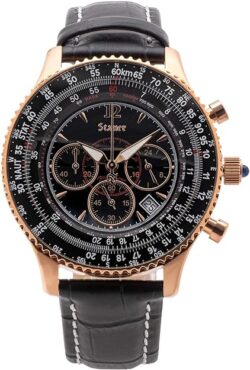Al Capone: mob boss, philanthropist, and horophile
Prostitution, illegal gambling, and protection blackmail: this was the dangerous world of American mob boss Alfonso “Al” Capone. The dazzling mobster, also known as Scarface, ruled the Chicago underworld in the 1920s and ’30s. Born in New York in 1899, Capone was the son of Italian immigrants. He grew up with six brothers and two sisters in early 20th-century Brooklyn. As a teenager, Capone was already involved in youth gangs and dropped out of school early. At 15, he had already learned everything a criminal in hiding needed to know.

Al Capone’s great role model and teacher were New York mob boss Frankie Yale, who took on the young petty criminal. With Yale, Capone also learned that he gets through life with kindness and patience and that violence is only the last resort to achieve an end. Capone got his nickname Scarface at the age of 18 when drunken gangster Frank Galluccio severely wounded him in the face with a knife in a fight over his sister.
In 1919, after a brawl in which Capone left his rival for five weeks in the hospital, the gangster moved to Chicago. Along with Cosa Nostra boss Johnny Torrio, Capone created the Chicago Outfit, of which he later became head. In addition to blackmail, prostitution, and illegal gambling, Al Capone was able to extend his power through the illegal sale of alcohol during the American Prohibition.
As is well known, after a rapid rise, there often comes a fall, and this was also the case with Capone. In 1931, he was sentenced to a heavy fine and 11 years in prison for tax evasion and money laundering. Upon his early release in 1939, Capone almost completely retired. At the age of 48, he passed away from a stroke in Florida.
However, Capone was more than just a legendary criminal. He was the first gangster around whom an entire pop culture was created, including his own film genre: the mafia movie. Thus, later generations posthumously stylized him as a hero. During his lifetime, he was considered a respectable businessman and an outspoken philanthropist. Capone loved art and luxury, was fashion-conscious, and always had a well-groomed appearance. He was wearing high-end suits, shoes, hats and, you guessed it… an expensive luxury watch.
Al Capone’s Rolex Prince

Numerous sources confirm that Al Capone wore a gold Rolex Prince. The brand was still young at the time and just starting to take off. The wristwatch was also a relatively new invention, gradually replacing the pocket watch. Rolex first introduced the Prince model to the public in the late 1920s and continued to produce the watch until the early 1950s. When the first models came on the market, the Prince drew attention for its rectangular case shape of art deco style. The double dial with off-center seconds at 6 o’clock was unusual. It was powered by a hand-wound caliber that already had a chronometer certificate.
Capone’s Prince probably bore the reference number 3140 and was made of yellow gold. From today’s perspective, this model may seem almost modest, but at the time, such a watch was equal in status to a gold Rolex Daytona or a fine Patek Philippe watch.
Al Capone’s legendary pocket watch, his beloved Patek Philippe

The Al Capone Patek pocket watch is made in platinum with 90 unique cut diamonds forming the initials AC (AL Capone), 42mm case, 188385 movements, and acrylic glass. In the description of the watch in the auction it says that the watch does not work, the minute hand is missing and the dial is turning yellow.
But we already know that provenance is one of the most valuable things a watch can have, the watch of the most famous gangster of all time, one of the best-known tax evaders in the world. The clock passed from Al Capone and his wife Mae to his son Sonny, and finally to Sonny’s daughters (Capone’s granddaughters). Diane Capone, one of the granddaughters of the famous mobster, is the one who has put her grandfather’s belongings up for auction.
Al Capone’s Patek Philippe sold for 229,900 dollars
In one of the largest lots of Al Capone’s belongings auctioned so far, the surprise was that Al Capone’s Patek Philippe pocket watch was sold, which was paid for 229,900 dollars, in exchange for about 197,000 euros. It was a great surprise for the money that was paid for it, since the auction house believed that it would sell for between 25,000 and 50,000 dollars, it is a great result for one of the most legendary watches.






